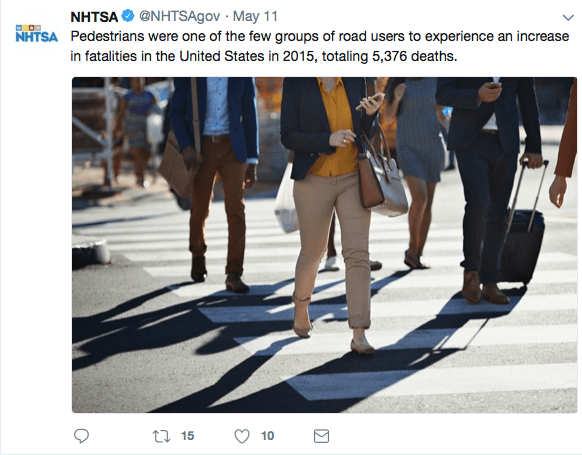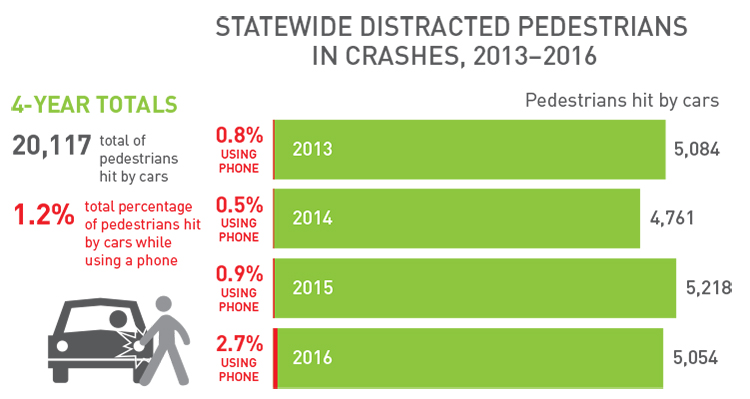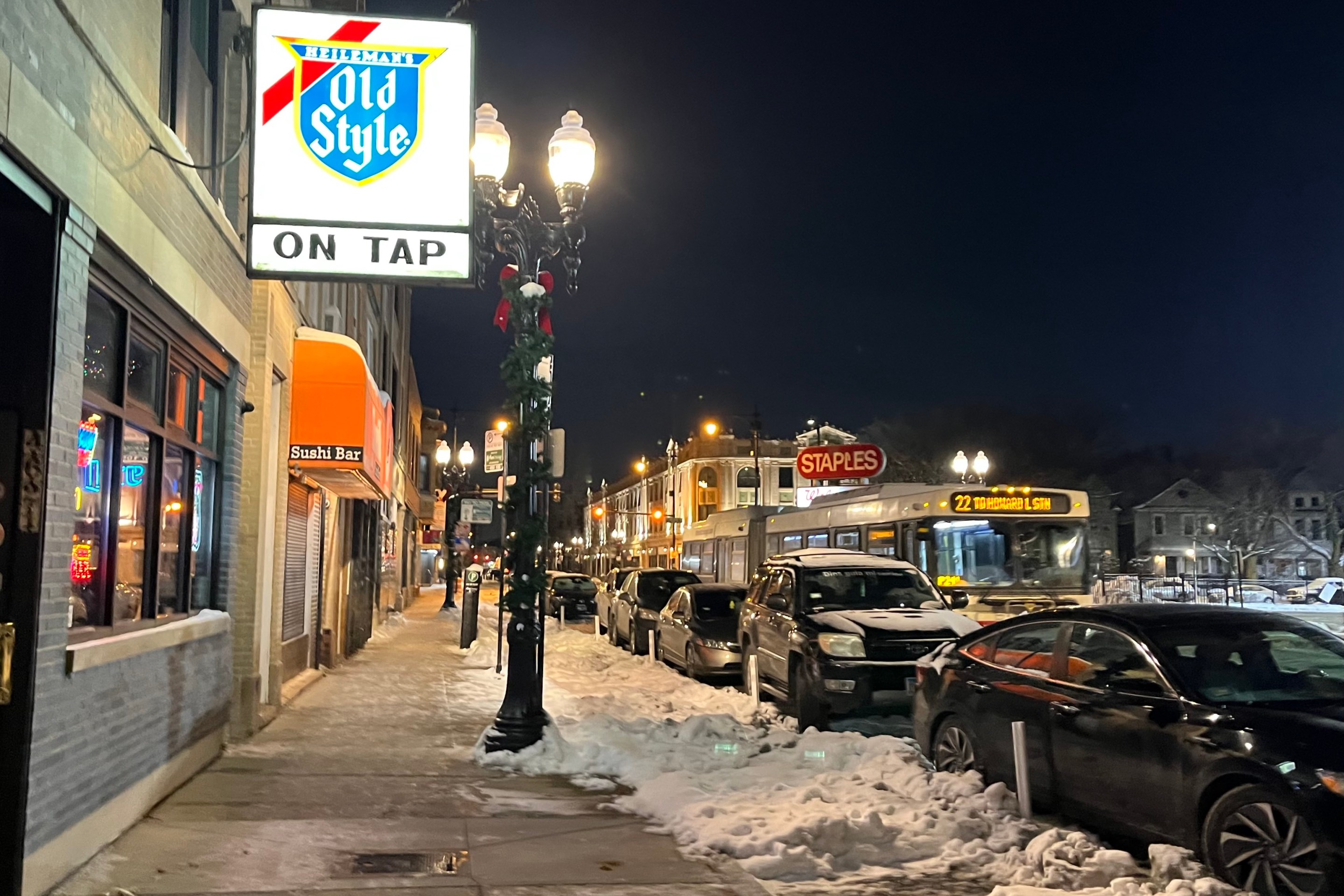While I’ve called out downtown alderman Brendan Reilly recently for his proposal to completely ban cycling on the Chicago Riverwalk, he has also done some good things for sustainable transportation in the past. My favorite example was the time he helped kill a proposed crackdown on so-called “distracted walking.” Last year aldermen Ed Burke (14th) and Anthony Beale (9th) introduced the legislation, which would have fined pedestrians between $90 and $500 for looking at a smart phone or other electronic device while crossing the street.
“Frankly it’s the drivers who aren’t paying attention more often then the pedestrians,” Reilly told the Sun-Times at the time. “I have personally landed on the hood of a taxicab in a mid-block intersection.” Partly as a result of Reilly’s pushback, Burke and Beale’s ordinance went nowhere.
The wisdom of Reilly’s position on the distracted walking ban was highlighted yesterday when the Active Transportation Alliance released its latest Chicago Regional Crash Report, based on Illinois Department of Transportation crash data.
There’s been non-stop hype linking the recent rise in pedestrian fatalities to distracted walking. Some of it came from the National Highway Traffic Safety Administration, which knew at the time that deadly SUV design was the real culprit.

But the Active Trans study found that, out of the 20,117 people on foot struck by drivers in Illinois between 2013 and 2016, a mere 1.2 percent of the victims were using cell phones. In other words, Reilly was right: The distracted walking phenomenon is largely a myth.
In reality, as the downtown alderman noted, driver behavior was usually to blame for car/predestrian crashes. “Many pedestrians involved in crashes were legally crossing the street in a crosswalk, and most often the primary and secondary causes of the crash are related to driver behavior,” wrote Active Trans’ Kyle Whitehead in a blog post. “Speeding and failure to stop for pedestrians are the most common factors.”
As such, the real solution to bringing down pedestrian, crash, injury, and fatality numbers isn’t punishing pedestrians (or bicyclists), but rather creating an environment that reduces the potential for speeding and other forms of reckless driving, and protects vulnerable road users.
Active Trans is asking the next governor our state and legislators in Springfield to earmark $50 million for walking and biking, which would only be 2 percent of Illinois’ transportation budget. They’re also pushing for the reform of IDOT’s car-centric policies, which prioritize moving cars quickly through public space, rather than safe, efficient transportation and livable cities.
You can endorse Active Trans’ Bike Walk Fund proposal by signing their online petition.
![]()
Did you appreciate this post? Consider making a donation through our PublicGood site.





